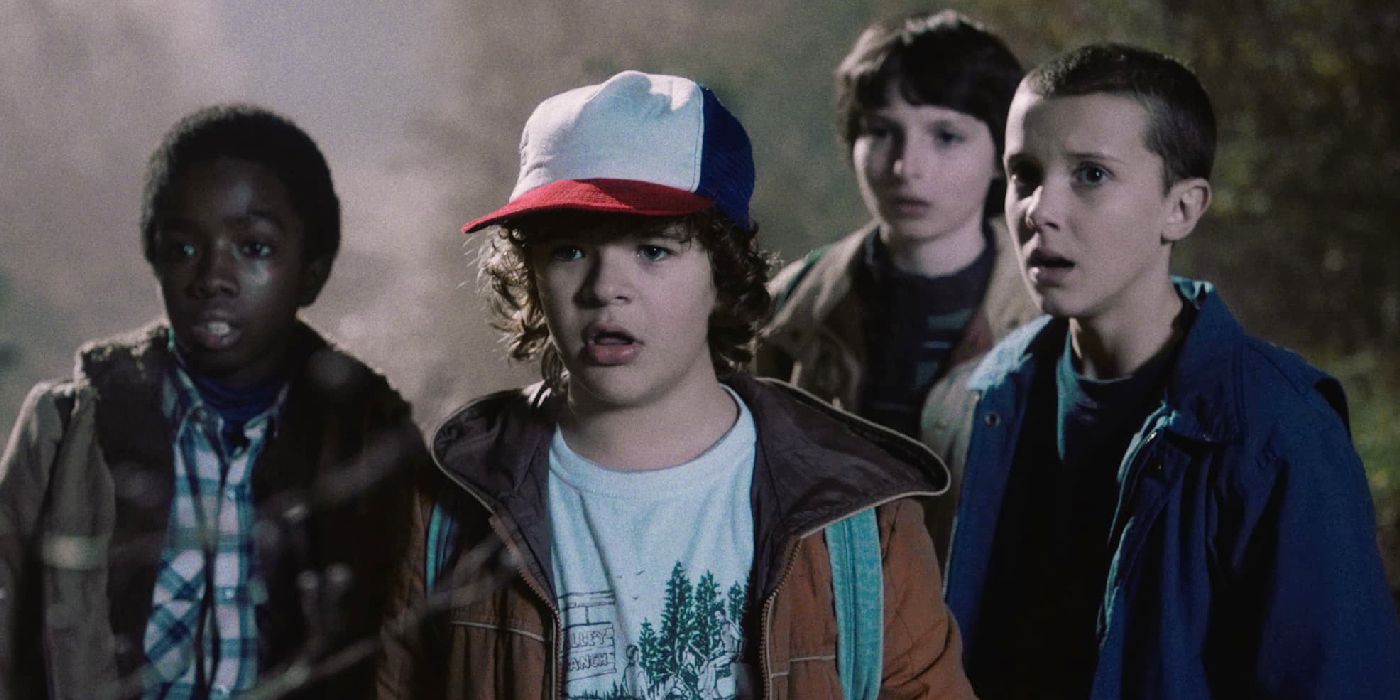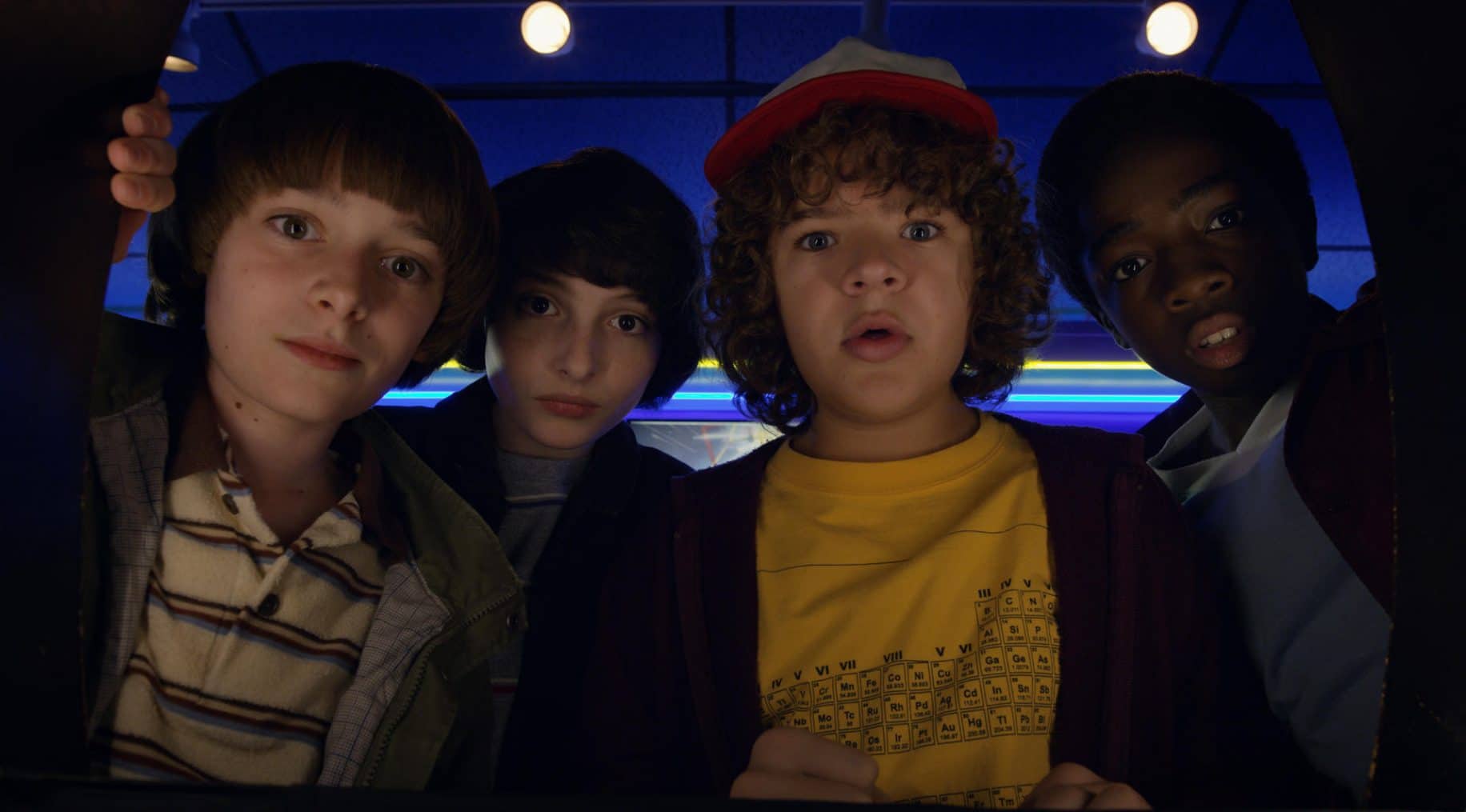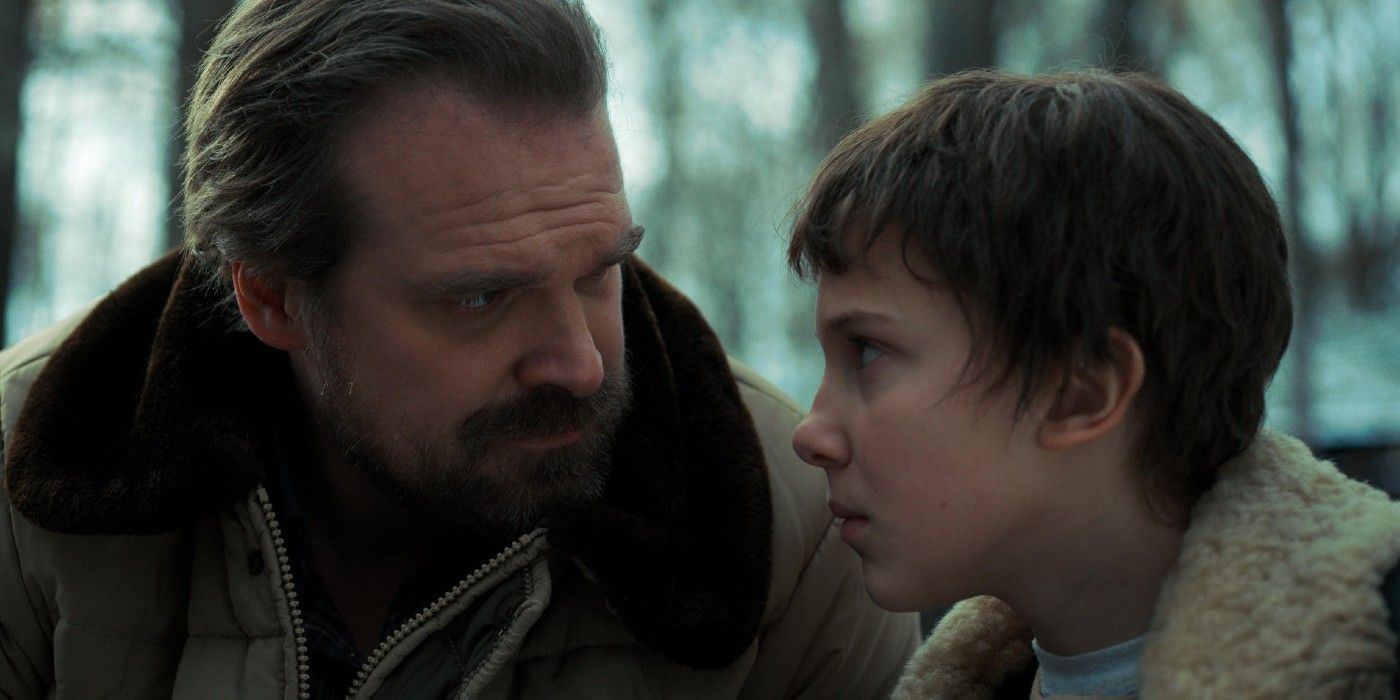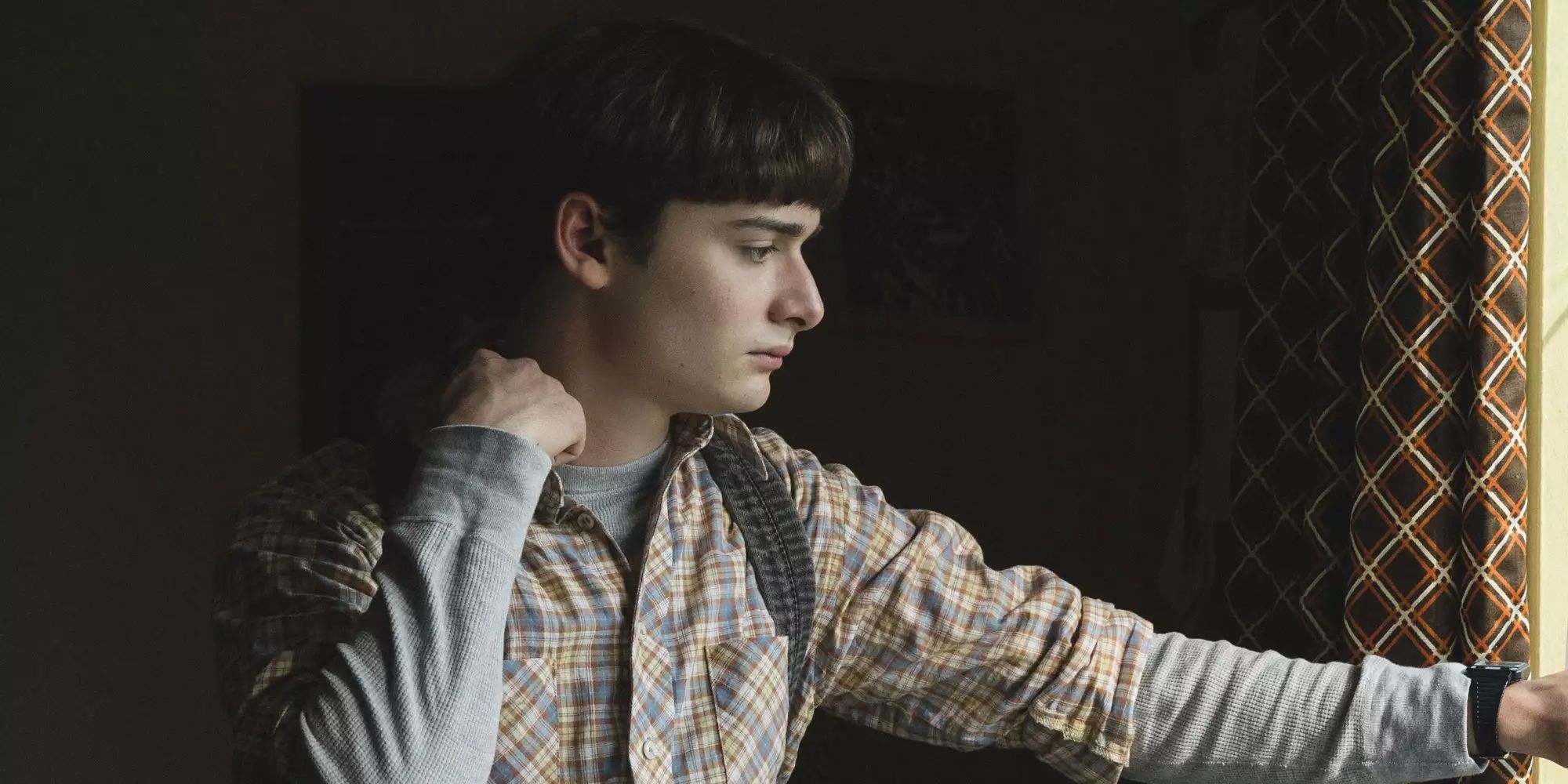
Stranger Things is a science fiction period piece released as a Netflix Original television series and created by the Duffer brothers that began airing on the platform summer of 2016. It’s a title that rapidly gained worldwide recognition and success, with the Wikipedia stating that “According to Symphony, within the first 35 days of release, Stranger Things averaged ratings of around 14.07 million adults between the ages of 18 and 49 in the United States.” And these views only skyrocketed with every new installment to the series, with the fourth and latest season having reached “[…] 1.352 billion hours of viewership in the first 28 days, making it the second-most viewed program after Squid Game, and the most viewed English-language series ever.” So, what is it about Stranger Things that gives it widespread appeal to such a large demographic, what’s it impact on media, and what ultimately makes it a timeless pop-culture staple?

Stranger Things is set in the 1980s and follows teenage friend group Mike Wheeler, Will Byers, Lucas Sinclair, and Dustin Henderson as they find Eleven, a girl with telekinetic powers that has escaped a government facility where she was kept after being forcibly taken from her mother. The small town of Hawkins, Indiana gets turned upside down when Will goes missing in an alternate dimension that’s swarmed with monsters and unexplained events begin to take over the gang’s once peaceful lives.
The show is worth investigating for multiple reasons, first one being what about it makes it resonate with viewers of multiple age ranges and demographics. Stranger Things seemed to find the golden ratio of balancing a variety of themes and genres that make viewers come back to it time after time again. It’s able to be a throwback for adults who grew up in the 80’s while also being relatable enough that newer generations can identify with it without feeling like they’re not ‘in the know.’ It works as a bridge between generational gaps, which most media you can’t say the same about.
So, what does this show do differently? It manages to have multiple genres including romance, science fiction, coming of age, horror, fantasy, and even a Cold War subplot that ties into the bigger picture. With all these elements, there’s a little something for everyone.

Secondly, the show has a lot of emphasis on friendship and family, with each of the main characters displaying a vastly different home life. Dustin lives with his mother and his father is never mentioned, Mike has the stereotypical nuclear family consisting of a mother, father, and two sisters, Will has his mother and older brother, Johnathan, and Eleven only has vague flashbacks to her mother and essentially is now an orphan until Chief Hopper, who’s biological daughter passed away and his wife shortly there after divorced him, takes her in as his adopted daughter. The elements of found family that can be seen throughout the show, especially with Steve Harrington, who’s own parents have never been shown or mentioned thus far in the series, taking all the kids under his wing later in the series, can resonate with many people and pull at the heart strings of most everyone.

The third and last point I want to make is about the supernatural elements of the show and how they’re a metaphor for each character’s mental illnesses, particularly Will Byers. There are multiple breeds of monsters throughout the show, with Will being sent to the alternate universe known as the ‘Upside Down’ all the while being tormented by a creature referred to as the Demogorgon in season one. An article from First Curiosity describes this parallel, “If we think about it closely, it stalks him in the shadows, lashes out at those trying to help, and grows in strength the longer Will is stuck in the Upside Down. It’s a lot like depression, isn’t it? It creeps in slowly and affects not just the person suffering from it but those around them as well.” More on the parallels between depression and the world of Stranger Things.
With all that being said, the popularity of Stranger Things is more than just a cultural phenomenon, it’s a well-crafted and executed piece of media that showcases the struggles of mental illness while highlighting the importance of family and friendship, all of which takes place during a delicate, complicated, and transitional period in life. Beyond the neon lights, synth, and cosmic horrors is a story with multiple layers of real-world relatability.
Works Cited
Sarkar, A. (2024, September 15). “The Upside Down” mental health symbolism in “Stranger Things.” FirstCuriosity. https://firstcuriosity.com/fc-originals/stranger-things-how-the-upside- down-symbolizes-mental-health-struggles/
Stranger Things season 4. (2024, April 1). Wikipedia. https://en.wikipedia.org/wiki/Stranger_Things_season_4